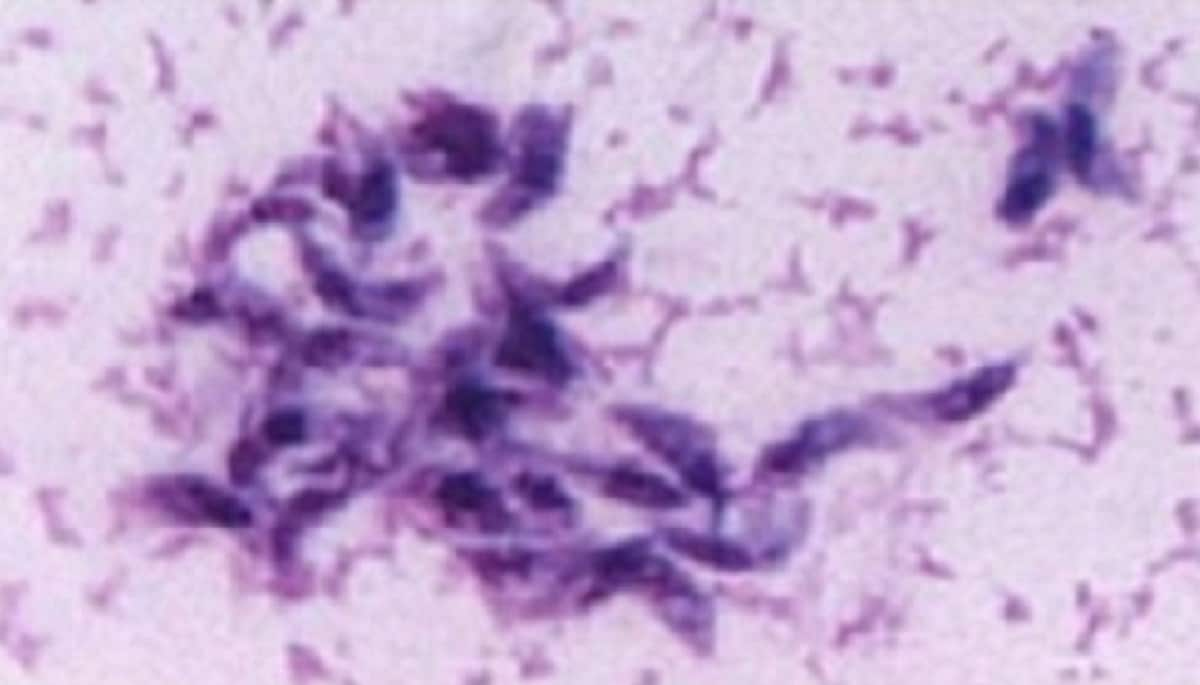At a glance
A breastfeeding mother with toxoplasmosis can continue to breastfeed her infant. However, she should be cautious if her nipples are cracked or bleeding. Food safety and environmental precautions can help prevent infection.

About toxoplasmosis
Toxoplasmosis is a disease caused by a single-celled parasite called Toxoplasma gondii. The parasite is most commonly transmitted to humans through contaminated foods or water, or handling the feces of infected cats in a litter box. It can also be transmitted by handling soil or water contaminated by the feces of infected cats.
More than 40 million people in the United States may be infected with the Toxoplasma parasite. Very few who are infected have symptoms because a healthy person's immune system usually keeps the parasite from causing illness. However, women who are pregnant and individuals who have compromised immune systems should be cautious. For them, toxoplasmosis could cause serious health problems.
Transmission
During pregnancy
A woman who is newly infected with Toxoplasma during pregnancy can pass the infection to her fetus. The woman may not have symptoms, but the infant may have severe consequences at birth or later in life. Consequences may include blindness, brain damage, or mental disability. See toxoplasmosis in pregnant women.
In breast milk
No studies document the transmission of Toxoplasma in humans through breast milk.
While breastfeeding
When a mother is infected during pregnancy, Toxoplasma may circulate in her blood. If a breastfeeding woman has cracked and bleeding nipples or her breasts are inflamed, she might have blood in her breast milk. Although it has never been documented, Toxoplasma could be in that blood and infect the infant through her breast milk. However, the likelihood of human milk transmission is minimal.
Prevention
Families can take several food safety measures and environmental precautions to help prevent Toxoplasma infection. These include:
- Cooking meats to safe temperatures.
- Washing and peeling fruits and vegetables.
- Wearing gloves while gardening.
- Changing the cat litter daily, before the parasite is infectious.
- Consistently practicing proper handwashing techniques.
Pregnant women should avoid changing cat litter if possible. If no one else can perform the task, wear disposable gloves and wash your hands with soap and water afterwards.
